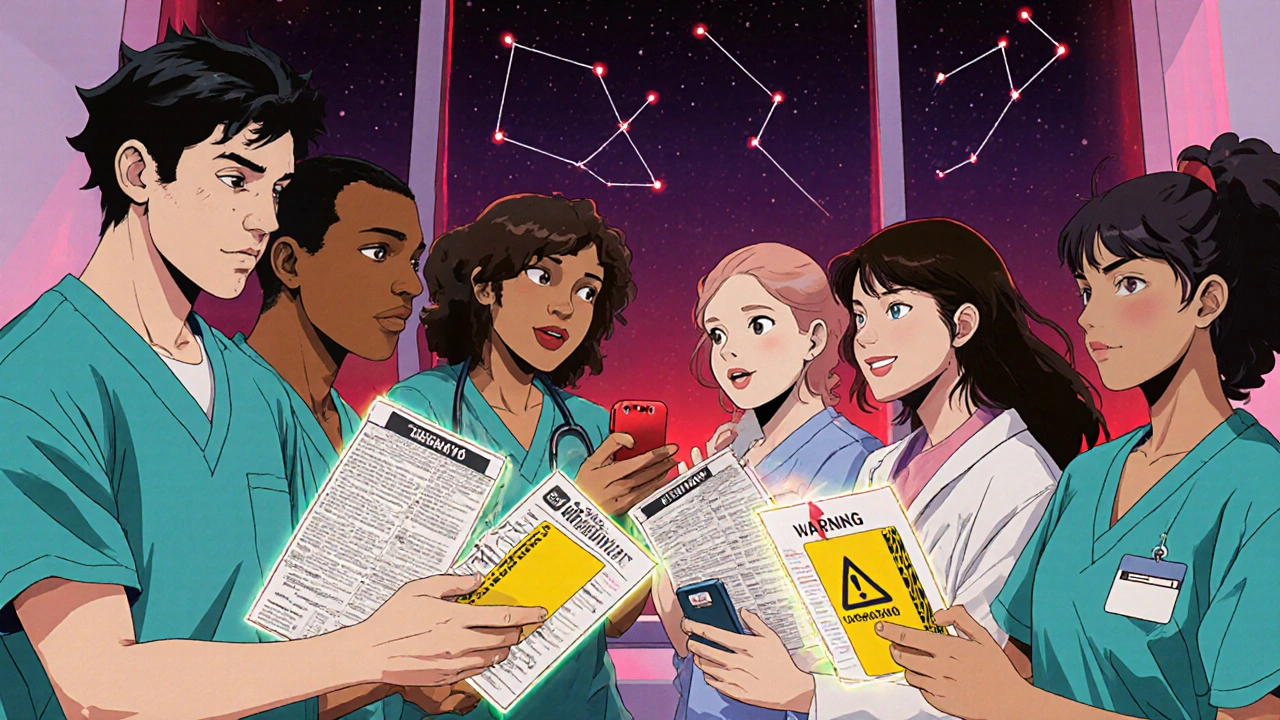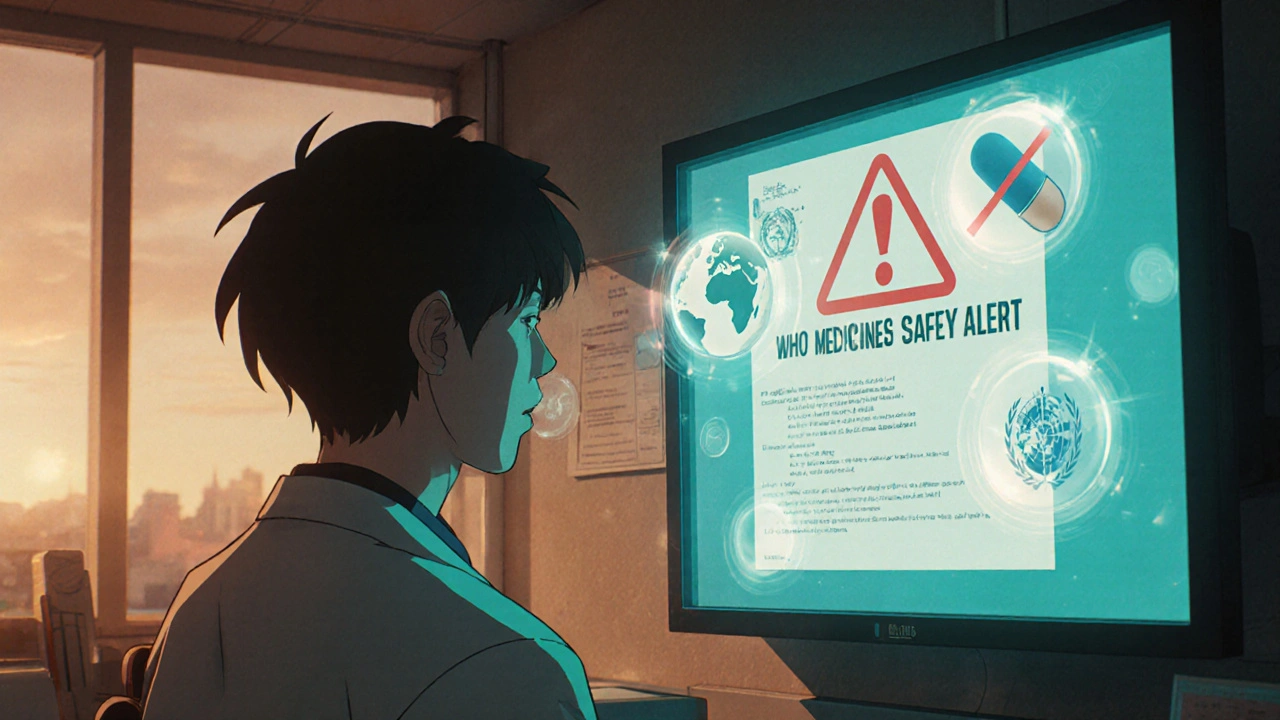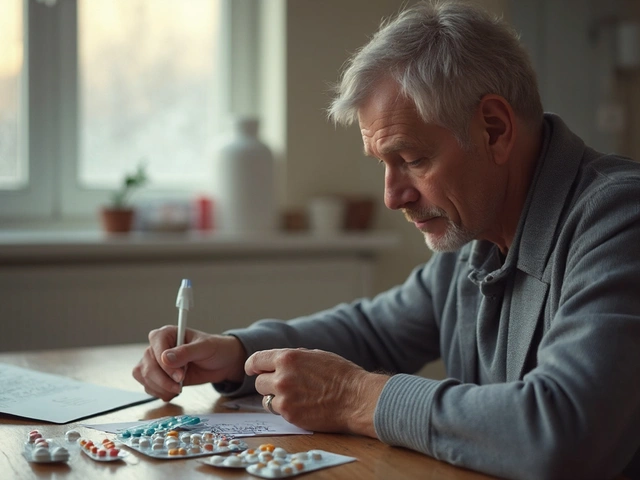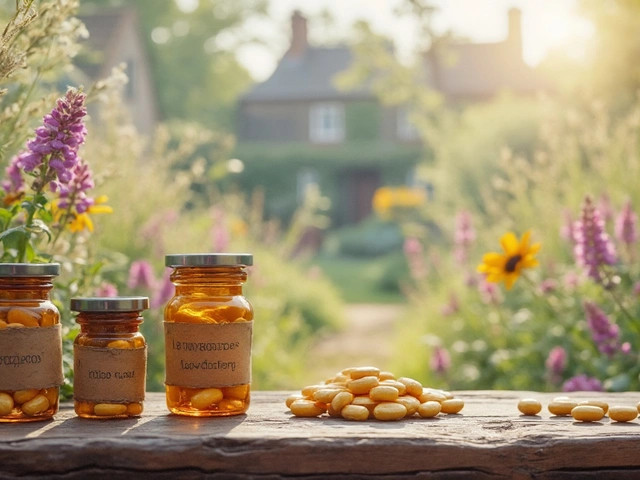Every year, millions of people take medications that save lives. But for every safe dose, there’s a risk-sometimes hidden-that something could go wrong. A new drug interaction. A mislabeled vial. A side effect no one saw coming. The truth is, medication safety isn’t just a hospital policy or a pharmacist’s checklist. It’s a global system, constantly evolving, and if you’re a healthcare professional, caregiver, or even a patient who takes meds regularly, you need to know how to stay ahead of the news before it becomes a crisis.
Start with the Global Watchdogs
The World Health Organization (WHO) is the backbone of global medication safety. They don’t just issue guidelines-they track real-time data from 150 countries through the Uppsala Monitoring Centre (UMC). Every adverse reaction reported, every drug recall, every new safety alert flows into their system. If you’re serious about staying informed, subscribe to WHO’s Medicines Safety email updates. These aren’t marketing blasts. They’re direct alerts on newly identified risks, updated labeling, and policy changes-like the May 2025 guideline on controlled medicines that clarified safe access to opioids and ketamine in low-resource settings.Follow the Campaigns That Actually Move the Needle
You’ve probably seen #MedSafetyWeek on social media. It’s not just a hashtag. It’s the largest global campaign dedicated to reporting side effects, running every November. In 2025, it’s hitting its 10th anniversary with a clear goal: get more people to report. Right now, less than 10% of side effects are reported worldwide. That means 9 out of 10 problems go unseen by regulators. The UMC releases free toolkits in August each year-posters, social media templates, training slides. Download them. Post them in your clinic. Share them with your team. A hospital pharmacist in Australia saw a 25% jump in staff reporting after using these materials in 2024. That’s not luck. That’s system change.Use the Tools That Work-Not the Ones That Look Nice
There are dozens of apps and portals claiming to help you report side effects. But only a few are trusted, integrated, and actually used by regulators. In the UK, the Yellow Card app is the gold standard. It lets you report reactions to medicines, vaccines, even herbal products in under two minutes. In the U.S., the FDA’s MedWatch portal is the official channel. In Canada, it’s the Canada Vigilance Program. These aren’t optional. They’re the primary data source for global safety monitoring. Download the app. Bookmark the portal. Set a reminder to report even if you’re unsure. One report might not seem like much-but when thousands of pharmacists, nurses, and patients do it, patterns emerge. And those patterns save lives.
Know the Best Practices That Prevent Errors Before They Happen
Prevention beats reaction. That’s why the Institute for Safe Medication Practices (ISMP) is so critical. Their 2025-2026 Targeted Medication Safety Best Practices for Community Pharmacy aren’t theory-they’re battle-tested. One recommendation: verify weight-based dosing for pediatric patients using a double-check system. A pharmacist in Manchester used this exact protocol last year and caught a 10x overdose error before it reached a child. ISMP doesn’t just publish lists. They give you worksheets to audit your own practice. Do you have a system to prevent returned medications from being restocked? Are your staff trained on vaccine administration protocols? These aren’t nice-to-haves. They’re the difference between an incident and an avoidable tragedy. Start with one area. Fix it. Then move to the next.Watch for the Hidden Threats No One Talks About
It’s not just about drug interactions or dosing mistakes. The 2025 Top 10 Patient Safety Issues from ECRI and ISMP highlighted three growing dangers: AI in clinical settings, cyberattacks on health data, and medical misinformation on social media. Fake posts about vaccines or “miracle cures” are now driving real-world harm. A 2025 study showed regions with high social media misinformation saw an 18% spike in false adverse event reports-overloading reporting systems and distracting regulators from real risks. Follow trusted sources only. Avoid viral posts with no citations. If you see dangerous misinformation, report it to your local health authority. Silence helps no one.








Just subscribed to WHO’s Medicines Safety updates yesterday-first alert I got was about that new ketamine labeling change. Took me 30 seconds to forward it to our pharmacy team. Seriously, if you’re not getting these, you’re flying blind. Also, the UMC toolkits? Downloaded them last August. Posted one in the break room. Two nurses reported a weird reaction to a generic antihypertensive last week because of it. Small wins.
It is absolutely imperative, from both a clinical ethics standpoint and a public health infrastructure perspective, that every single healthcare provider-not merely pharmacists or physicians, but also nurses, medical assistants, and even administrative staff who handle medication logistics-engage with these reporting systems on a consistent, non-negotiable basis. The data collected by the WHO’s Uppsala Monitoring Centre is not merely statistical noise; it is the foundational bedrock upon which evidence-based policy, regulatory action, and ultimately, patient safety protocols are constructed. Without granular, real-time, globally distributed reporting, we are essentially operating in a fog of ignorance, where preventable harm becomes statistically normalized rather than systematically eradicated. The Yellow Card app, the MedWatch portal, the Canada Vigilance Program-these are not optional tools; they are moral obligations wrapped in digital interfaces.
Bro, this post is fire 🔥 but y’all in the US act like you own the only safe med system on earth. Nigeria’s got our own vigilance program-NAFDAC-and we report too. Just don’t get media coverage. Stop acting like safety is a Western invention. 🇳🇬💊
One report. One voice. One moment of courage. That’s all it takes to shift the tide. The system doesn’t need loud voices. It needs quiet, consistent ones. You don’t have to be a hero. Just be the person who clicks ‘submit’ when no one’s watching. That’s how change happens. 🌱
Of course the WHO and FDA are perfect. Meanwhile, the U.S. has 100,000+ medication deaths a year and we’re still letting Big Pharma write the guidelines. This post is just corporate PR dressed up as public service. 🤡
Used the Yellow Card app last month after my grandma had that weird rash after her flu shot. Didn’t think it was a big deal. Turned out it was linked to a batch issue in Europe. Got an email from the MHRA saying thanks. Weird feeling, knowing your small thing helped someone else.
Why are we still using apps to report side effects in 2025? We should have AI scanning EHRs automatically. All this manual reporting is a joke. We’re stuck in 2010
How quaint. You assume that the WHO’s database is neutral, objective, and devoid of political influence? The 2024 EU directive’s 500-report-per-million metric is a performative metric designed to inflate national compliance metrics while ignoring systemic underreporting in low-income nations. This entire framework is a neoliberal facade masking the collapse of global health equity. I’d rather trust a single pharmacist’s intuition than a database curated by bureaucrats.